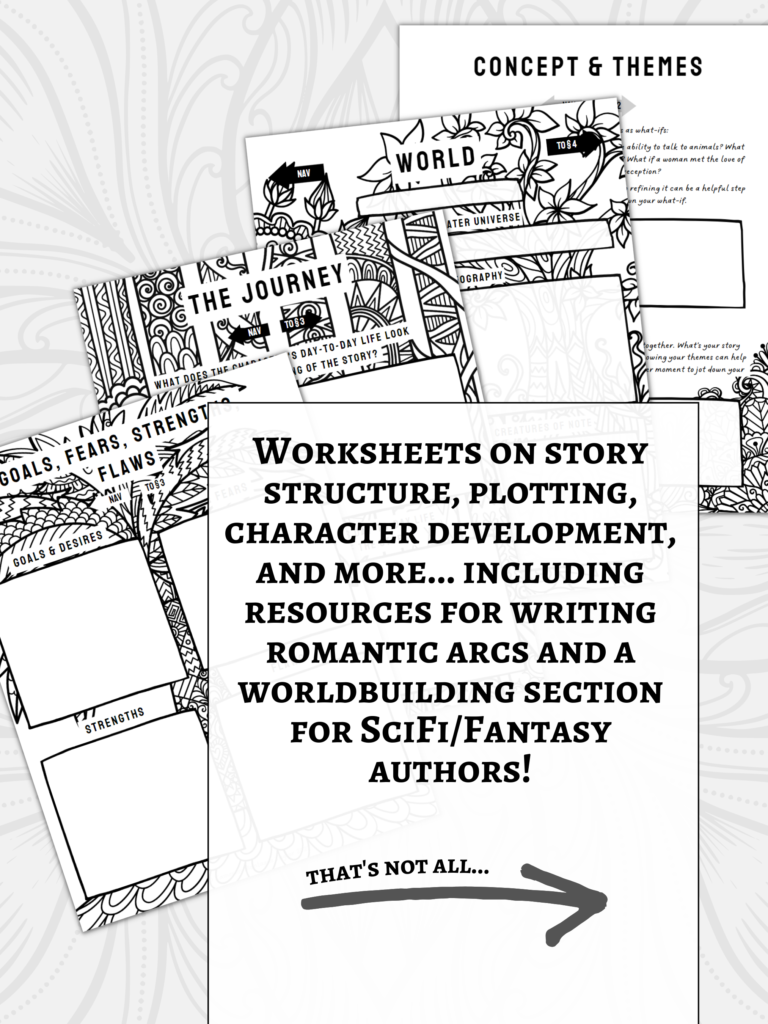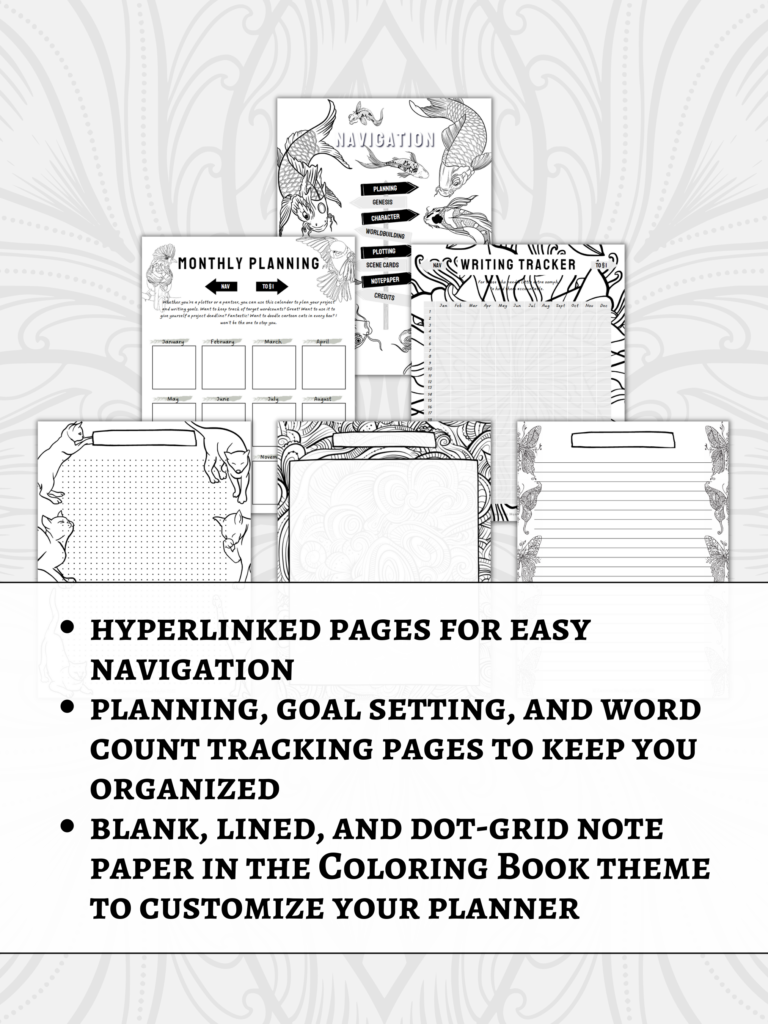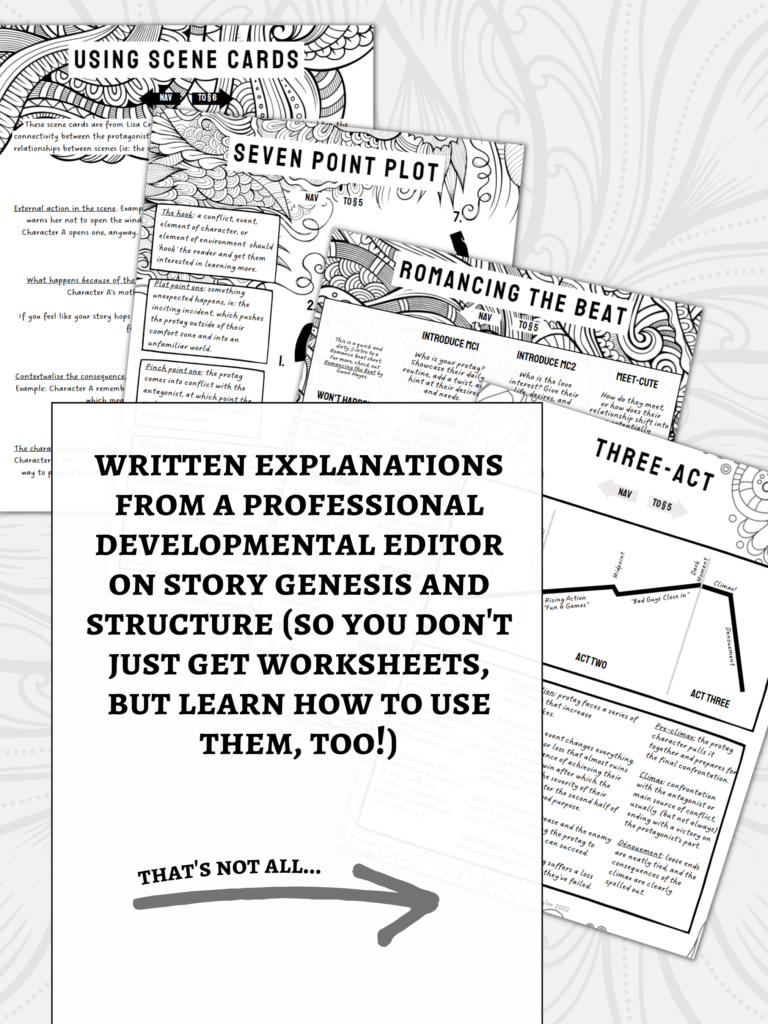One of the best pieces of writing advice I’ve ever heard comes from Fantasy author L. Penelope and her podcast My Imaginary Friends.
Penelope says that one of the greatest ways to drive tension in the story and ensure that both internal and external arcs remain interesting is to “leave blood on the floor.” By that, she means that authors ought to take advantage of potential pain points for their characters and ensure we don’t pull our punches when we’re hitting them.
Need a character to flee a safe house?
Burn it down.
Need your character to get sidelined from a fight?
Break their arm.
Need a couple to spend time apart?
Have them blow up at one another over a conflict that’s real, genuine, and hits at both of their backstory wounds.
If the story isn’t coming together or things feel like they’re dragging, take whatever pain-point or problem your character is currently facing and find a way to make it worse.
In other words, ask yourself: what’s the worst possible situation you can put the character through that still lets them get up and continue driving the story forward, even if (especially if) at great cost? Then find a way to put your character through it.
Twist the knife, so to speak.
But when we’ve twisted enough knives—especially in longform or series writing in which our character may very well receive several such twists—it’s easy to accidentally swing hard in the other direction and write a story that’s entirely doom and gloom.
The right balance is tough to strike. Not enough blood on the floor, and the story might feel plot-convenient, easy, or slow. Too much blood on the floor, and the story might be so grim that it’s no longer fun for readers.
Readers in different genres and subgenres have different tolerances for doom and gloom, but most have a Do Not Cross line somewhere. What that looks for your readership and your work will be different from the next writer, but you likely know what mark you’re trying to hit. So, the question becomes: how do we hit it, and what can we do to make sure they don’t get dragged through the mud alongside our characters?
Let’s dive into a two-part technique that keeps readers hooked even through dreary storylines.
The rest of this post is patrons-only. I post exclusive craft blogs for patrons once per month. If you’re interested in what else I offer for patronage (other than eternal gratitude for your support), check out my tiers here.









